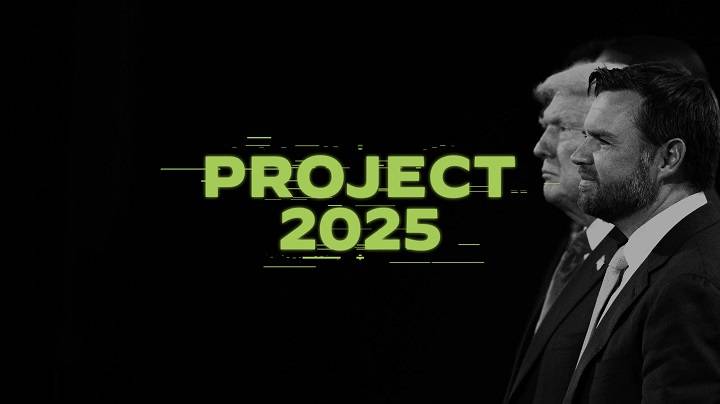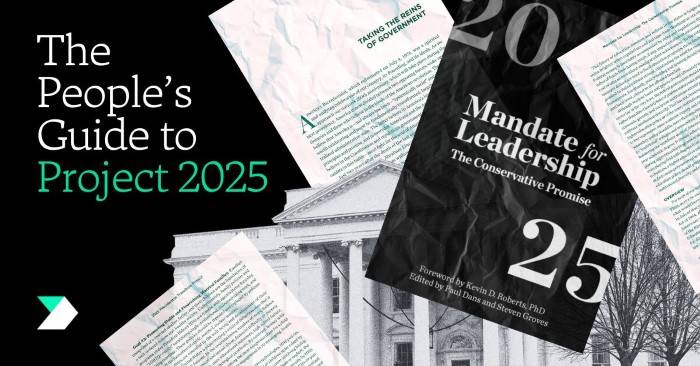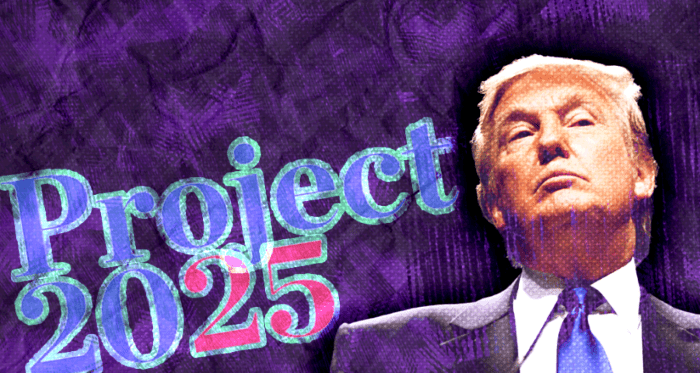Project 2025 is a forward-thinking initiative aimed at addressing various economic, social, and technological challenges of the modern world. Launched by a coalition of governments, corporations, and non-profit organizations, Project 2025 seeks to drive innovation, improve global collaboration, and achieve sustainable development goals. This comprehensive guide will delve into the strategies employed by Project 2025, evaluate its performance to date, and explore the benefits it promises for the future.
Understanding Project 2025
What is Project 2025?
Project 2025 is a global initiative launched in response to the urgent need for coordinated action on a range of pressing issues, including climate change, economic inequality, and technological advancement. The project is designed to foster collaboration across sectors and borders, leveraging the collective power of stakeholders to achieve meaningful progress by the year 2025.
The Vision Behind Project 2025
The vision of Project 2025 is to create a more equitable, sustainable, and technologically advanced world. By aligning resources and expertise from diverse sectors, the project aims to address systemic challenges through innovative solutions. The focus areas include:
- Sustainability: Implementing green technologies and practices to reduce carbon footprints and combat climate change.
- Economic Inclusivity: Promoting fair economic practices and creating opportunities for underrepresented communities.
- Technological Innovation: Driving advancements in digital infrastructure, artificial intelligence, and renewable energy.
Key Strategies of Project 2025
Collaborative Frameworks
One of the cornerstone strategies of Project 2025 is fostering collaboration among international stakeholders. This includes partnerships between governments, private companies, and civil society organizations. By creating collaborative frameworks, Project 2025 aims to pool resources, share knowledge, and coordinate efforts on a global scale.
Focus on Innovation and Technology
Innovation and technology are at the heart of Project 2025’s strategy. The initiative emphasizes the development and deployment of cutting-edge technologies to solve complex problems. Key technological focuses include:
- Artificial Intelligence (AI): Utilizing AI to optimize processes in various industries, from healthcare to logistics.
- Renewable Energy: Investing in solar, wind, and other renewable energy sources to reduce dependency on fossil fuels.
- Smart Infrastructure: Building intelligent infrastructure that improves efficiency and reduces waste in urban environments.
Policy Advocacy and Reform
Project 2025 is also heavily involved in policy advocacy, working with governments to implement reforms that align with the project’s goals. This includes pushing for regulations that promote sustainability, fair trade practices, and technological advancements.
Public Engagement and Education
Educating the public and engaging them in the process is crucial for the success of Project 2025. The initiative runs several campaigns aimed at raising awareness about key issues and encouraging public participation. This strategy ensures that the benefits of the project are widely understood and supported by communities around the world.
Performance Analysis of Project 2025
Early Achievements and Milestones
Since its inception, Project 2025 has achieved several notable milestones. These include:
- Reduction in Carbon Emissions: A number of participating countries have reported a measurable reduction in carbon emissions thanks to the adoption of green technologies promoted by the project.
- Increased Access to Clean Energy: Several underdeveloped regions have seen improved access to renewable energy sources, enhancing quality of life and economic opportunities.
- Technological Innovations: Breakthroughs in AI and renewable energy technologies have been accelerated under the project’s framework, leading to new solutions that were previously thought unattainable.
Challenges and Obstacles
Despite its successes, Project 2025 faces several challenges:
- Geopolitical Tensions: Differences in national interests and political agendas can hinder collaborative efforts.
- Funding Limitations: Securing sustained financial support for long-term projects remains a challenge, particularly in regions with limited resources.
- Technological Barriers: While innovation is a key focus, the rapid pace of technological change can create challenges in terms of infrastructure and human capital.
Measuring Impact and Success
Project 2025 utilizes a comprehensive set of metrics to measure its impact, including:
- Sustainability Metrics: Tracking reductions in emissions and waste, and increases in renewable energy usage.
- Economic Indicators: Monitoring economic growth, job creation, and economic inclusivity in participating regions.
- Technological Progress: Assessing advancements in technology deployment and infrastructure improvements.
Benefits of Project 2025
Environmental Benefits
One of the primary benefits of Project 2025 is its positive impact on the environment. Through its focus on sustainability and renewable energy, the project contributes to:
- Reduced Carbon Footprint: By promoting green technologies, Project 2025 helps reduce the global carbon footprint, mitigating the impacts of climate change.
- Enhanced Biodiversity: The project’s emphasis on sustainable practices supports the preservation of ecosystems and biodiversity.
Economic Benefits
Project 2025 also offers significant economic benefits, particularly for underdeveloped regions:
- Job Creation: Investments in new technologies and infrastructure lead to job creation, providing employment opportunities for local communities.
- Economic Growth: By promoting fair trade practices and inclusive economic policies, the project helps stimulate economic growth and reduce poverty.
Social Benefits
Socially, Project 2025 aims to create a more equitable world:
- Improved Quality of Life: Access to clean energy, better infrastructure, and technological advancements improves the quality of life for millions of people.
- Social Inclusion: The project’s focus on inclusivity ensures that marginalized communities benefit from its initiatives.
Technological Benefits
The technological advancements driven by Project 2025 have far-reaching implications:
- Accelerated Innovation: By fostering a collaborative environment, the project accelerates innovation, leading to new solutions in various sectors.
- Improved Digital Infrastructure: Investments in digital infrastructure enhance connectivity, providing more people with access to digital services and opportunities.
Future Prospects and Conclusion
The Road Ahead for Project 2025
Looking to the future, Project 2025 has ambitious plans to expand its impact. Upcoming initiatives include:
- Scaling Renewable Energy Projects: Increasing investments in renewable energy to further reduce global dependency on fossil fuels.
- Enhancing Global Collaboration: Strengthening international partnerships to tackle emerging challenges, such as cybersecurity and digital governance.
- Fostering Next-Generation Technologies: Supporting the development of next-generation technologies that can address future challenges more effectively.
Call to Action
As Project 2025 continues to evolve, individuals, organizations, and governments are encouraged to get involved. Whether through advocacy, investment, or education, there are numerous ways to contribute to this transformative initiative. Together, we can build a brighter, more sustainable future for all.
This comprehensive guide to Project 2025 outlines the strategies, performance, and benefits of this ambitious initiative, highlighting its potential to drive positive change globally.
Related Post:
Project 2025 represents a bold vision for a more sustainable, equitable, and technologically advanced future. Through its comprehensive strategies, the initiative has already made significant strides in achieving its goals. However, the road ahead remains challenging, requiring continued collaboration, innovation, and commitment from all stakeholders. The benefits of Project 2025 are clear, offering a blueprint for addressing the world’s most pressing challenges in the years to come.




